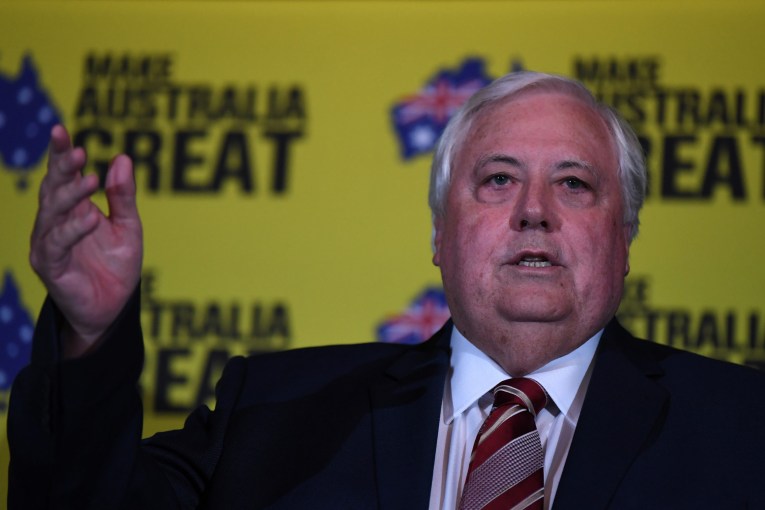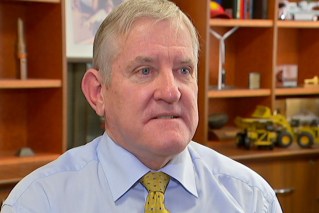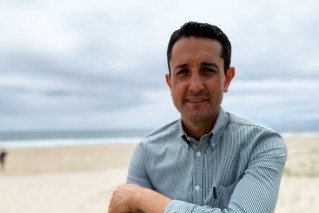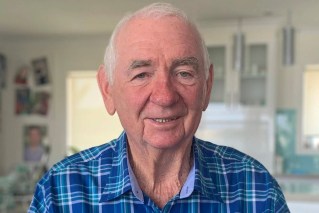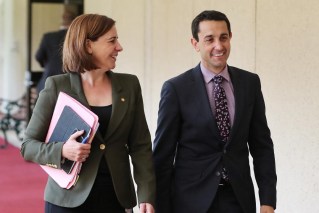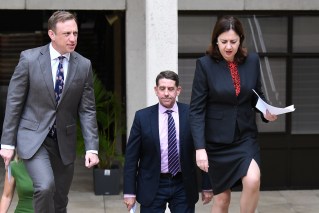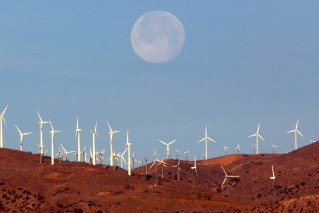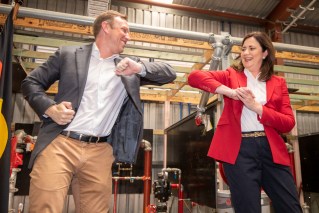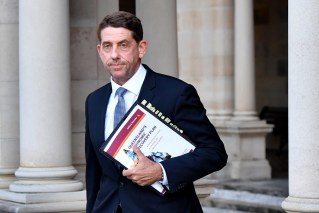Coming of age for the Greens, but anyone’s guess where other fragments will fall
The rise of the Greens stands in stark contrast to the splintering of other minor parties in the Queensland election. The federal implications could be significant, writes Dennis Atkins

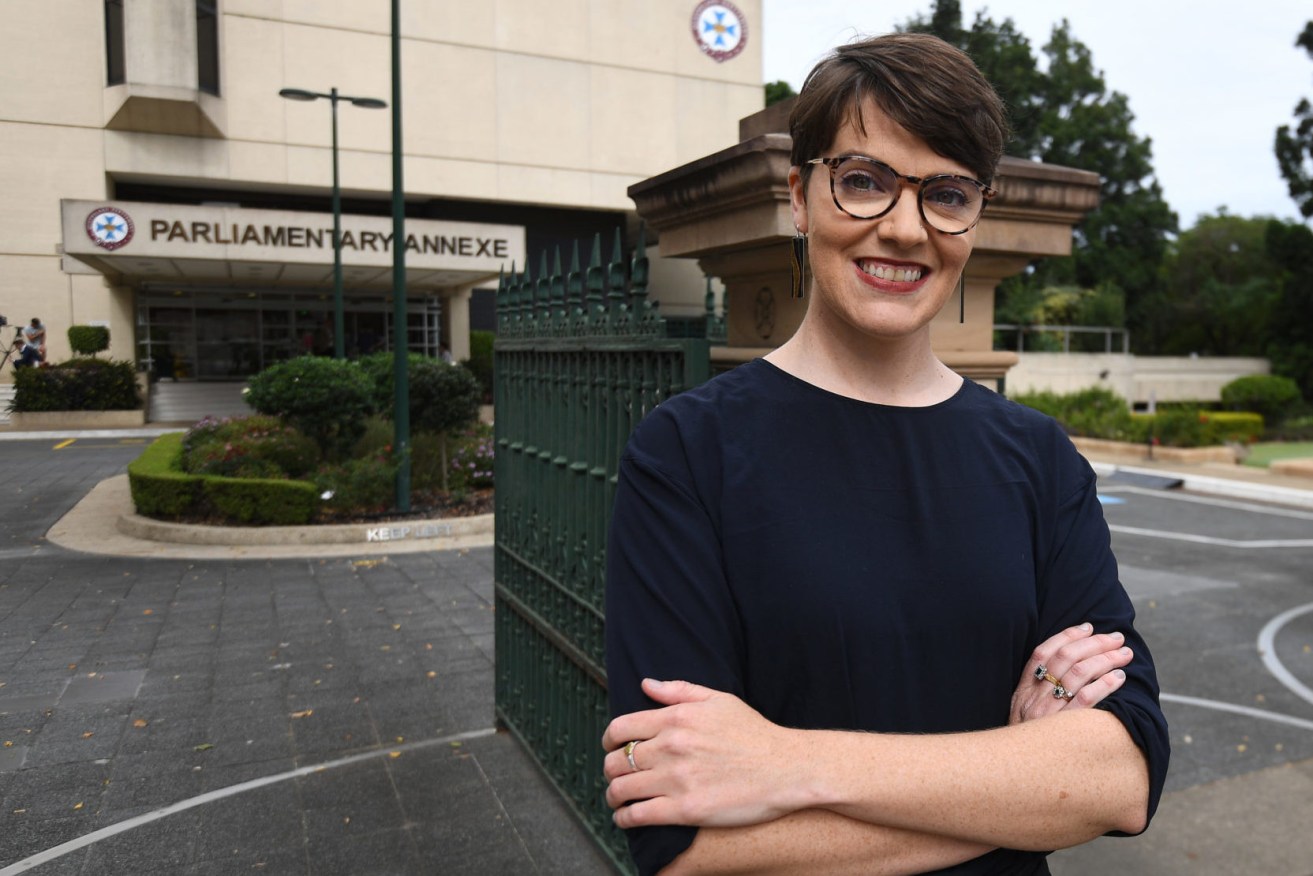
Amy MacMahon has been seriously injured in a two-car collision at Kangaroo Point, Brisbane. (Photo: AAP Image/Dan Peled)
The polarisation of the electorate during the COVID-19 pandemic played out as expected in middle Queensland but provided a different song sheet in the inner-city suburbs with high numbers of progressive voters.
At the same time, the usually more conservative parts of the state’s regions and provincial centres had other cross-currents ebbing and flowing.
The Greens have had their best election ever and now have a stronghold for future electoral prosperity.
Katter’s Australian Party has held its own but hasn’t grown its parliamentary representation while One Nation has had its worst showing since the Peter Beattie years.
The real impact of that collapse in One Nation support is where these votes go. This weekend a greater proportion than expected went to Labor but this may be a one-off down to the pandemic.
What happens to this splintered former One Nation vote over time will have profound implications for the major parties in Queensland.
First, the Greens deserve congratulations, after having overperformed expectations from just about everyone outside their core base. This is a big success for the Greens and stamps them as a force in inner-Brisbane.
The Greens might have fallen short in the March Brisbane City Council contest but this has been the election the minor party has been waiting for.
If they can maintain the connection they’ve established with the community and the resulting enthusiasm, they will be a greater force in local government, maintain their presence in the state parliament and increase their influence in national politics, especially the Senate.
The Greens’ support has solidified in those first two rings of suburbs around the Brisbane CBD but there is also a growing backing for the party in suburbs further out.
This is no doubt driven by younger, progressively inclined voters who are moving to the outer suburbs to take advantage of more affordable housing.
If the Greens are to expand their electoral map from the inner suburbs they will need to build up the kind of grassroots campaigns they are running in the inner-city.
With a spreading voter base across the metropolitan southeast, the Greens could threaten a federal seat such as Brisbane or Griffith as well as making their presence felt to a greater extent in the Senate race.
The last Senate seat in Queensland is always contested hotly and on the weekend results, the Greens have cemented their current position and will have a big say about who fills that last slot.
It remains significant the Greens vote was down a bit statewide but this is mostly due to that polarisation in the middle that paved the path to victory for Labor.
That pathway to winning was made easier by the collapse of One Nation’s support, which played an unexpected and consequential role in keeping Labor in power.
Whatever the real, underlying reasons for the dramatic drop in One Nation’s vote might be, we can take a stab at where some of these votes have gone.
One Nation voters tend to be older and, following other trends, this lead to a greater move from Pauline Hanson’s party to Labor than would have otherwise happened.
This means Annastacia Palaszczuk’s handling of the pandemic has meant a collapse of the One Nation vote has broken to a much greater extent to Labor than would have otherwise happened.
Also, Hanson is towards the Donald Trump end of the pandemic debate – seeing it as overhyped and the government response as too prescriptive and expensive. This could explain why the One Nation leader stayed very quiet during the state campaign.
The big question now for One Nation is whether it can recover between now and the next federal poll – a contest that’s at least 12 months away.
Hanson has managed comebacks after being written off on at least two occasions – can she resurrect herself again? Given the way almost every aspect of the One Nation campaign just evaporated – and Hanson was almost nowhere to be seen – this might be third time unlucky.
If Hanson’s backing does remain suppressed going into the next federal contest, the unknown is whether those One Nation supporters would continue to break enough to Labor to boost its primary vote or if there would be a drift more towards the Liberal/National Coalition.
This equation and how it plays out could prove vital to Labor’s national fortunes. Labor has tapped into this voter base and brought a large proportion of these people across through tough and successful management of the pandemic and a more pro-worker pitch to white males.
Labor has to find a way to keep this connection alive and turn it from a response to the pandemic to something more enduring.
If Labor doesn’t manage this and the One Nation vote goes home to the Coalition, the chances of Labor picking up those regional and non-metropolitan in Queensland that will be essential to look like forming a government could remain out of reach.
However, steering a course through middle Queensland in regional and provincial parts of the state has consequences in those progressive-leaning suburbs around Brisbane. The political juggling has only just begun.
